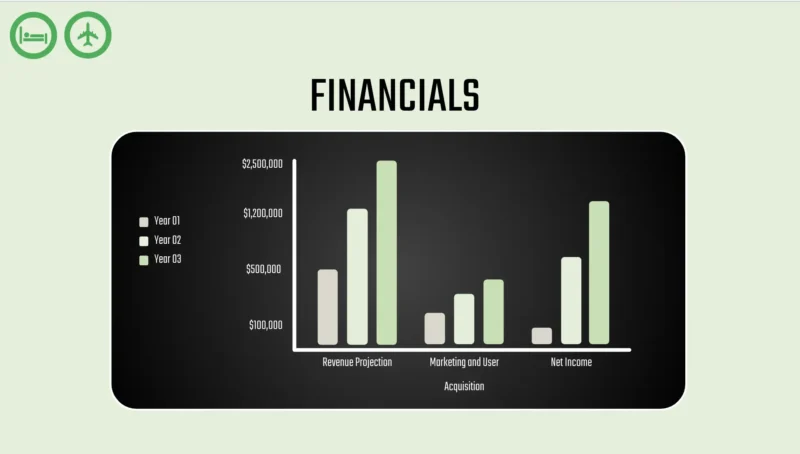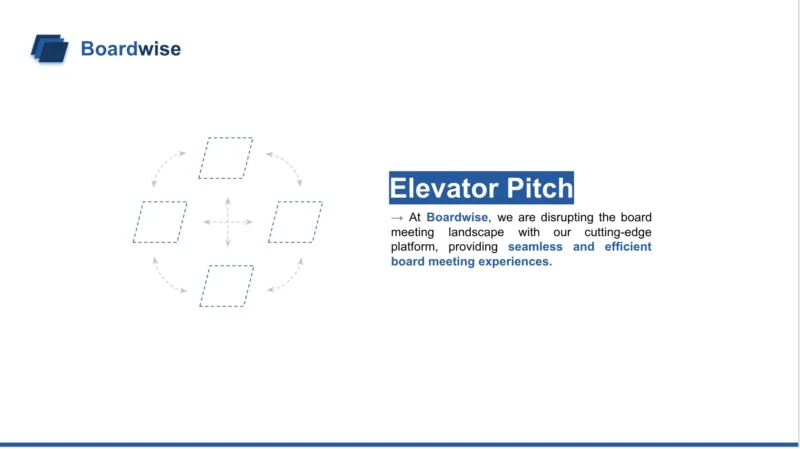You might have an amazing idea for an innovative product, or you might have even created a product that will change the world. As I have no doubt that what you’re up to is nothing less than amazing, launching a start-up requires a lot more work than an out-of-this-world product. Let’s discuss how to launch a tech startup in our current days.
I’m a Growth Specialist in tech; I’ve worked with startup founders hand in hand, and as much as I love helping companies grow, there’s nothing close to easy when starting a business. As a founder, you’ll quickly realize that this role demands a significant focus on finance, hiring, and sales (among others), often overshadowing the time you can dedicate to building that product you love so much.
However, there’s nothing more exciting than bringing new products to life that often change the way businesses operate and even improve the quality of everyday life.
It’s no secret that tech is improving business operations as well as crucial aspects of our lives like health care, finances, and even the legal system.
So, congratulations on taking the initiative and making your contribution to the society. In this article, I will guide you through the essential steps for a successful business launch.
How to Launch a Tech Business: Identifying Market Needs and Gaps
This industry is ever-evolving, and that’s why identifying market needs and gaps will set the foundation for your success. By identifying what your customers need and what not, you can perfect your product and really make it unique and innovative.
Conducting Market Research and Competitor Analysis
There’s a whole article in which we’ve delved into the importance of conducting market research and competitor analysis to launch a tech startup.
If you look it up on Google, market research is “the action or activity of gathering information about consumers’ needs and preferences.”

However, only when you add the competitor analysis will you get the complete knowledge to take your product to new heights. These insights will be really handy for sales, marketing, product design, and you in general as a leader.
Ignoring this step is a big mistake. Research helps you identify new market opportunities. It can reveal niches where demand is high and supply is low. Without understanding your competition, you might enter a saturated market without a unique selling proposition.
So, take the time to thoroughly understand the market you are entering. Start by deciding who your competitor is and then set your goals. What is it that you want to know? Their product features or marketing strategy?
You can always decide on multiple competitors for different efforts.
How to Start a Tech Business: Building a Strong Team
As mentioned above, once you take the role of a co-founder, there is not much time you can invest in creating the best product out there.
Therefore, investing in human capital is the first move to ensure your business’s longevity. In the first stage, it is tricky to hire specialists in one niche. You should look for generalists willing to contribute to such environments; of course, a mix of both worlds would be the best-case scenario.
But, be upfront with your potential hires for what you’re looking for and the dynamic of a new company. Not everyone has worked on startups.
Your first hires should be aligned with your company’s vision and stage. Let that be a co-founder or other key team members; you should have careful consideration and a thorough vetting recruitment process. You don’t want only to hire the best people out there but also individuals who share a commitment to the venture’s success.
Launching a Tech Startup Culture that Promotes Innovation and Collaboration
In the tech industry, people change companies as swiftly as technology advances. These changes frequently impact delivery and result in significant costs in talent acquisition processes.
You need to do your part to retain employees in such trends. Growth programs, supplementary benefits to your competitors, and flexibility are just a few efforts that Gen-Zs (but not only) are looking for. On top of that, investing daily in a great culture that will keep your employees happy will take you a long way. A few things that can help you build an amazing culture:
- Gratitude: Showing gratitude for the work your employees will not only make them feel good and appreciated, but you also instill that mindset and culture. So, once the company grows, it will show the same behavior to others.
- Celebrating every milestone, big or small: In order for others to care and commit to your company’s success, you should care and celebrate their wins. Acknowledging your employees’ successful sprints and even their personal achievements
- Inclusive Environment: Foster an inclusive workplace where diversity is valued, and all employees are treated with respect and fairness. Encourage open-mindedness and acceptance of different perspectives.
- Open Communication: Promote transparent and open communication at all levels of the organization. Encourage feedback, active listening, and constructive dialogue.
- Flexibility: It is no secret that after the pandemic, employees are demanding more flexibility. So, offer flexibility in work schedules and remote work options when possible. This will enhance employee satisfaction and work-life balance.
- Be Adaptable: The world around us is changing, and the workforce is as well. So be adaptable to these changes. A flexible culture can better respond to new challenges and opportunities.
Product Development and MVP
Let’s get into the fun part. Building a minimum viable product (MVP) is not just a product with basic features; it’s a strategic tool that allows you to validate ideas, minimize risks, and gather valuable user feedback. By focusing on essential features that address the core needs of the target audience, you can swiftly launch your product into the market. This way, you’ll get to test the market and understand the customer behavior.
Based on the findings from the MVP launch, you can work to improve your product and adapt your product roadmap.
Agile Development Methodologies and Rapid Prototyping
Agile development methodologies and rapid prototyping techniques are the driving forces behind the launch of a tech startup. Its iterative and incremental approach allows startups to respond to change, collaborate effectively, and deliver high-quality products. By breaking down the development process into small, manageable iterations, teams can remain flexible and responsive to shifting market demands.
Rapid prototyping complements this methodology by quickly creating tangible representations of ideas. These prototypes serve as visual aids, facilitating better communication among team members and stakeholders.
Building a Strong Online Presence when Launching a Tech Startup
In the digital age, a professional website and engaging social media profiles are the cornerstones of a strong online presence for any tech startup. A professional website serves as a virtual storefront, offering visitors a glimpse into your offerings, values, and uniqueness. It establishes credibility, provides essential information, and acts as a central hub for potential customers and investors.
Simultaneously, active and well-crafted social media profiles on platforms like Facebook, Twitter, LinkedIn, and Instagram amplify the startup’s reach. Social media not only facilitates direct communication with the audience but also offers a platform for showcasing your culture, achievements, and expertise.
Utilizing SEO and Digital Marketing Techniques to Reach the Target Audience
Search Engine Optimization (SEO) and digital marketing techniques are indispensable in ensuring that a startup’s online presence is not just visible but also easily discoverable by the target audience during your tech startup launch. SEO involves optimizing the website’s structure, content, and keywords to rank higher on search engine results pages (SERPs). A well-optimized website attracts organic traffic, enhances user experience, and boosts credibility.
Additionally, digital marketing techniques such as pay-per-click (PPC) advertising, email marketing, and social media advertising offer targeted approaches to reach specific demographics. You can utilize data analytics and metrics and measure the effectiveness of your digital marketing strategies, allowing for continuous refinement and improvement.
Exploring Various Funding Options
One of the pivotal challenges you’re signing for is securing funding, and the approach you’ll take can significantly impact the company’s trajectory and have a good tech startup launch. Exploring diverse funding options is crucial for startups to find the right fit for their financial needs and growth aspirations.
Bootstrapping, where founders use personal savings or revenue to fund the venture, offers autonomy and control but requires prudent financial management. Angel investors, affluent individuals who provide capital and mentorship, bring valuable industry expertise and networking opportunities. On the other hand, venture capital firms offer substantial funding in exchange for equity, often enabling rapid scalability. Each option has its merits, and startups must carefully evaluate which aligns best with their business model and long-term goals.
Crafting a Compelling Pitch Deck and Business Presentation
The pitch deck is the startup’s visual narrative, providing potential investors with a comprehensive overview of the business opportunity.
It should succinctly outline the problem, the solution you’re offering, the market size, the revenue model, the competitive landscape, and the team’s qualifications.
As part of our standard pitch deck preparation, we have prepared a downloadable deck that provides a great base for you to build on.
*The Albusi team offers professionally designed templates of fictional companies that use real content instead of the typical “lorem ipsum” filler text.
Meet The Author Of This Article

Hi! I’m Elsa
I’m a Growth Marketer specializing in supporting small to medium-sized companies to thrive.
I focus on brand, business, and team growth to drive accelerated success.
Currently, I leverage content creation to share my personal growth journey and expertise.




